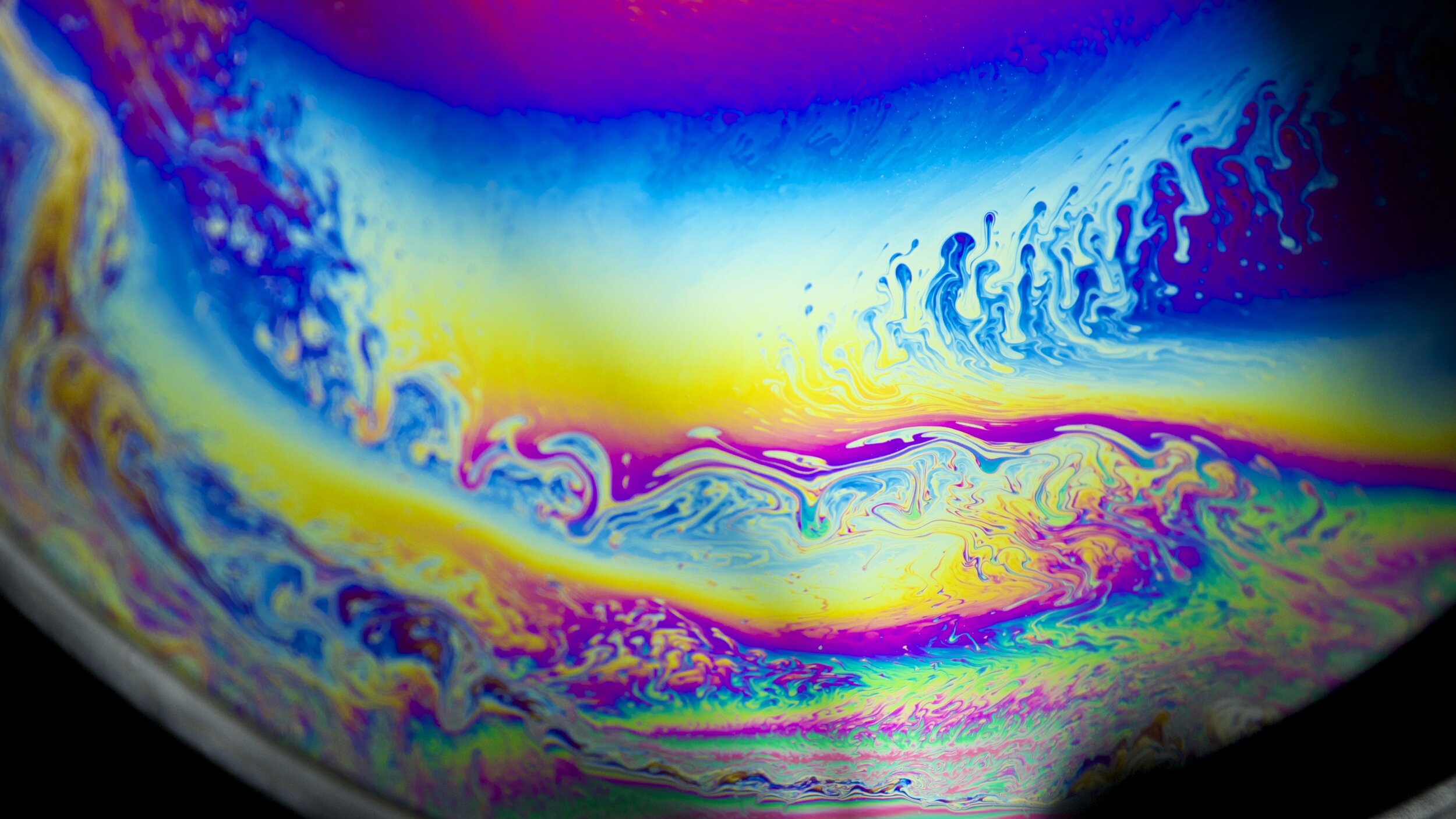
Bubble Planets
Melanie King
Volume One, Issue Two, “Air Bubbles,” Visual Art
My 2013 Masters thesis at Central Saint Martins, London was focused on the subject of the bubble as a metaphor for the brevity of life. In seventeenth-century Dutch vanitas paintings, the soap bubble was used as a visual metaphor to remind the viewer of the transient nature of life. The soap bubble exists for just a couple of seconds, a perfect sphere, reflecting and refracting its surroundings beautifully. Due to the dryness of the air surrounding the soap bubble, and the pull of gravity, the bubble eventually bursts. It was almost as if the bubble had never existed. The Dutch vanitas artists of the Golden Age likened the existence of life to the everyday phenomena of the soap bubble, and now with superior knowledge of the universe we can draw more comparisons. From looking at the universe, we have discovered that life has only inhabited a tiny portion of the entirety of time and space, and is therefore incredibly precious. Alike the soap bubble, life exists for a (relatively) short amount of time, before it pops out of existence.
The idea of “life as a bubble” holds weight in contemporary cosmological theory, scientists often compare cosmological happenings to bubbles and foam. This idea spans from inflation theory, to multiverse theory — the idea that the universe exists as one bubble amongst a sea of cosmic foam. In the constellation Cassiopeia, there sits a Bubble Nebula which measures over six light-years across, having been blown by cosmic winds. This idea extends to quantum science relating to the birth of the universe, as some scientists believe that the universe exists as a quantum fluctuation from nothing, something that can be compared to the act of watching the soap bubble emerge and then disappear within a matter of seconds.

Melanie King is an artist and curator with a specific focus on astronomy. Melanie King's studio is based in Ramsgate, Kent, UK. She is co-Director of super/collider, Lumen Studios and founder of the London Alternative Photography Collective. She is a lecturer at the MA program at the Royal College of Art, and at the BA Photography course at University of West London. She is represented by the Land Art Agency. Melanie is a PhD Candidate at the Royal College of Art. She is a graduate of the MA in Art and Science at Central Saint Martins, and the BA Fine Art at Leeds Art University.
Melanie's solo exhibitions include Argentea Gallery (2020), Leeds Art University (2017, 2020), Bloomsbury Festival (2019), the Blyth Gallery, Imperial College London (2018). Melanie has exhibited in a wide range of international galleries, such as The Photographers' Gallery, UK, the Hasselblad Foundation, Sweden, BOZAR Brussels, Unseen Amsterdam, the Williamson Gallery in Los Angeles, and CAS Gallery in Japan. Melanie has attended residencies organized by Lay of the Land Ireland, Joya Arte and Ecologica, Spain, Bow Arts, Grizedale Forest, BioArtSociety, Finland, and SIM Reykjavik, Iceland.
Melanie has been involved in a number of large scale commissions, including the European Commission, Museum of Freemasonry, Bow Arts, Green Man Festival, Vivid Projects, Bompas and Parr X Citizen M Hotel, Mayes Creative, Design Miami x COS Stores, Chelsea Flower Fringe, and the Wellcome Trust.















